
Zagreb, Croatia cover page. |

Map of Croatia with the star indicating Zagreb. |
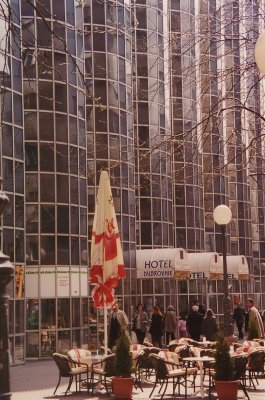
The 4 star Hotel Dubrovnik (where I stayed) is situated in the city center, on the Ban Jelačić Square. |

Outdoor cafes in front of the Hotel Dubrovnik. |
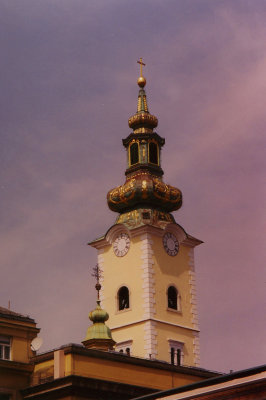
Spire of a Catholic Cathedral located next to Dolac Open Air Market in Zagreb. |
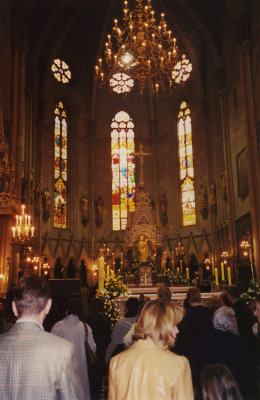
It was Easter Sunday, so I attended Mass in the Catholic Cathedral (even though I'm not Catholic)! |
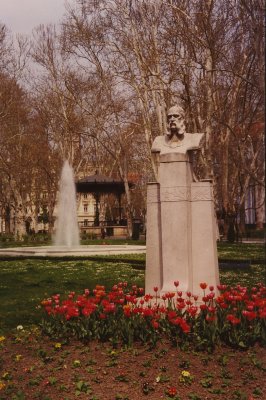
Park Zrinjevac, which is the oldest park in the Lower Town, is laid out in the style of English gardens. |
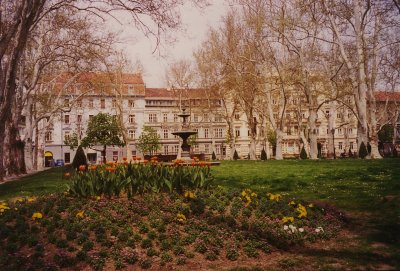
In the middle of the park is the Music Pavillion, built in 1891 and this beautiful fountain designed by Herman Bolle in 1893. |
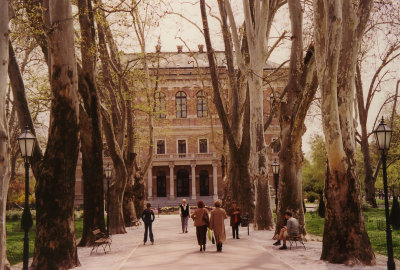
Park Zrinjevac is surrounded by excellent Neo-Renaissance, Neo-Romanesque and Neo-classical buildings. |
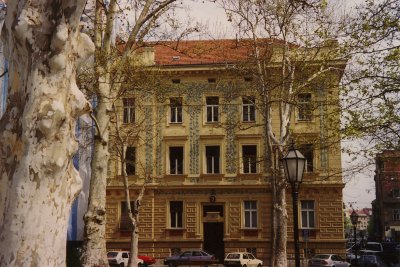
Close-up of one of the beautiful buildings off of Park Zrinjevac. |

Spring tulips and strollers in the park. |
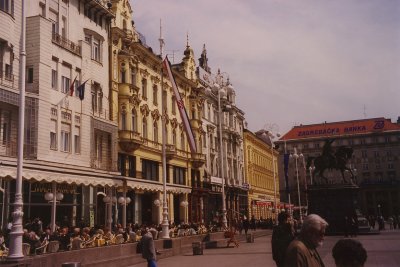
Jelacica Square, the main part of Zagreb, with a statue of Josip Jelacic in the background. |

Close-up of the statue of Josip Jelacic. He led a revolution against Austria-Hungary in 1848. |
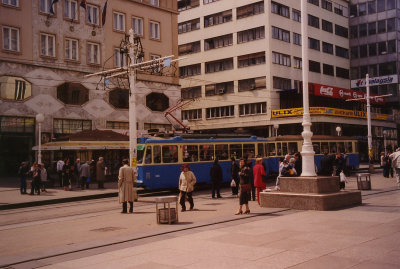
One of Zagreb’s ubiquitous blue streetcars in Jelacica Square. |

View of the 1891 Funicular Railway, which connects the Upper Town with the Lower Town at Illica Street, Zagreb's main street. |

The Baroque Church of St. Catherine, to the east of Cirilometodska Street in Upper Town, was built by the Jesuits around 1630. |
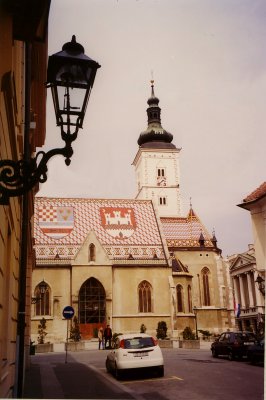
Cirilometodska Street in Upper Town also leads to St. Mark's Church, with its colorful tiled roof. |
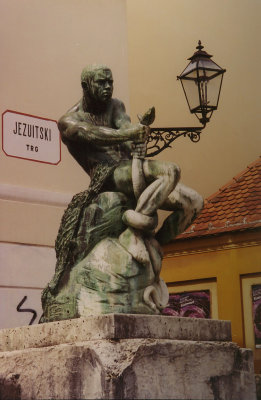
Serpentine statue and lamppost at Jezuitski Square in Zagreb. |
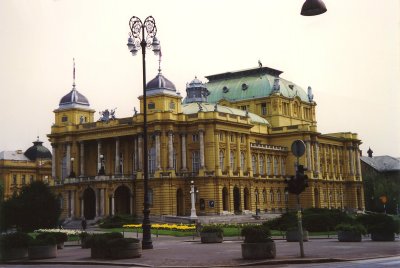
Side view of the Croatian National Theater built in 1895 and designed by two Viennese architects (Hellmer and Fellner). |
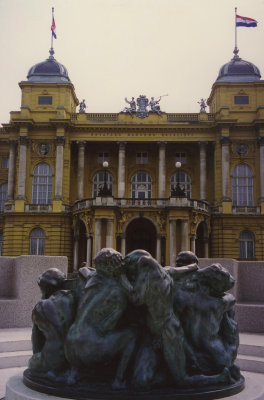
Modern statue in front of the Croatian National Theater. |
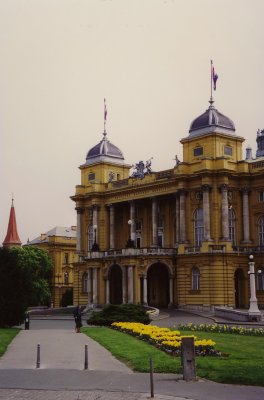
Spring flowers were in bloom because it was mid-April in Zagreb. |

Close-up of a flowerbed in front of the theater. |
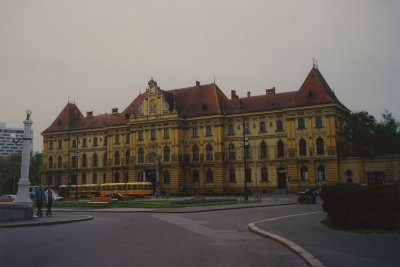
A monumental Neo-Baroque building. It is representative of the Croatian architecture and is near the Croatian National Theater. |











